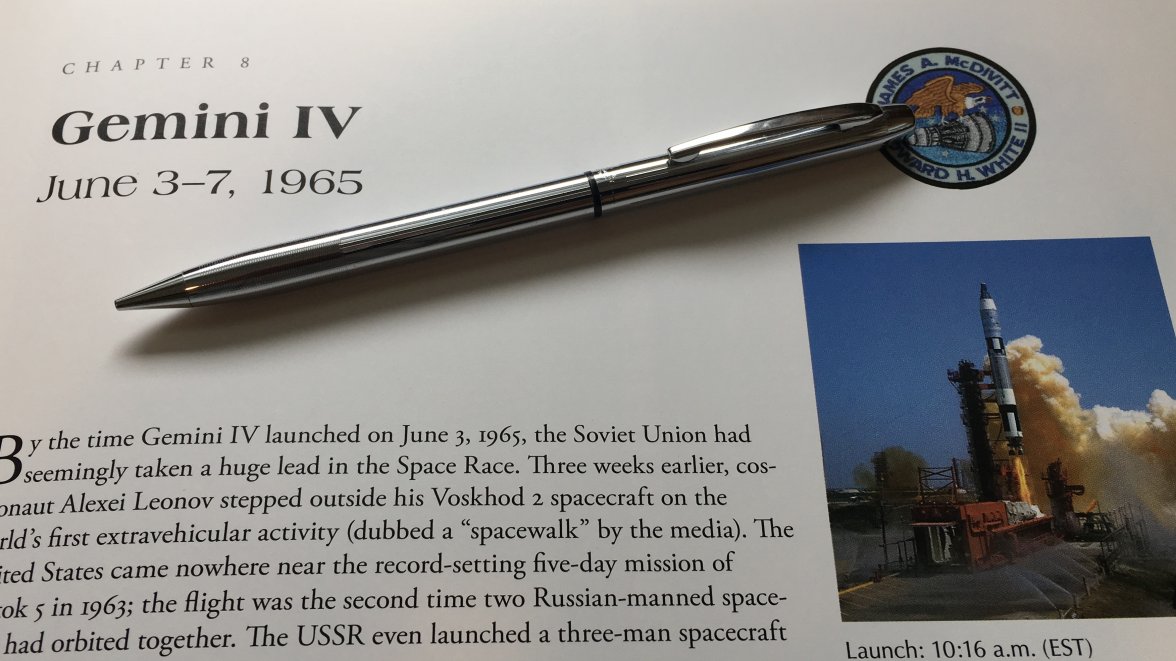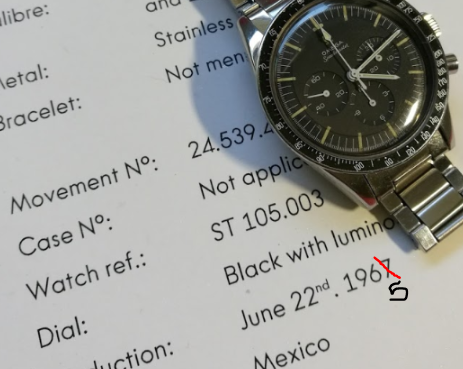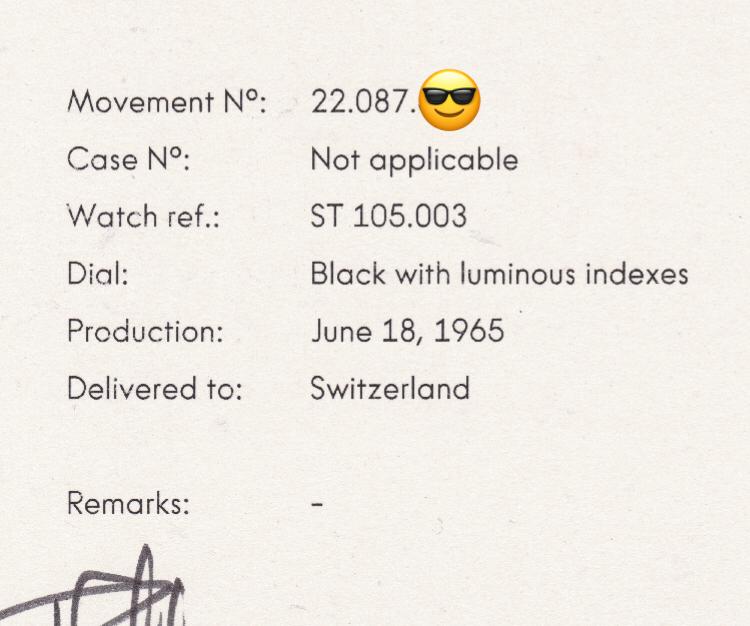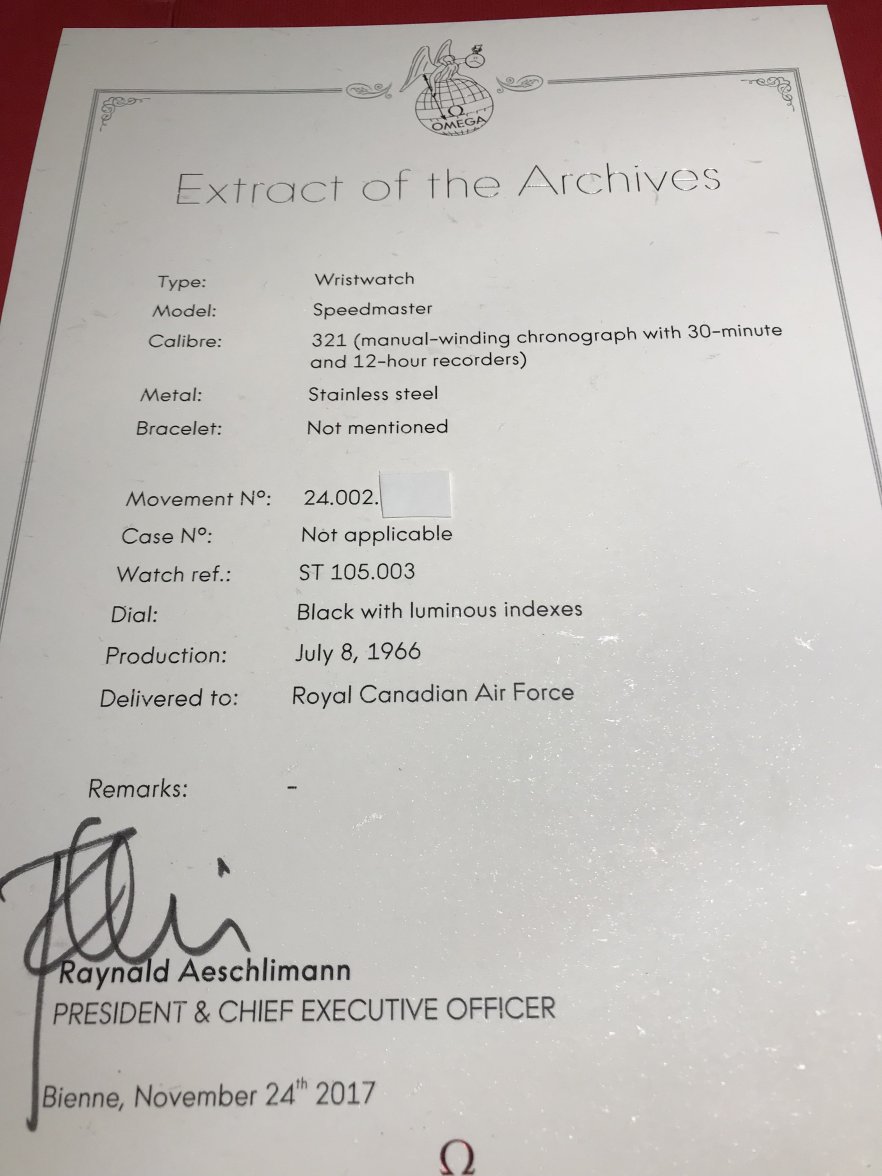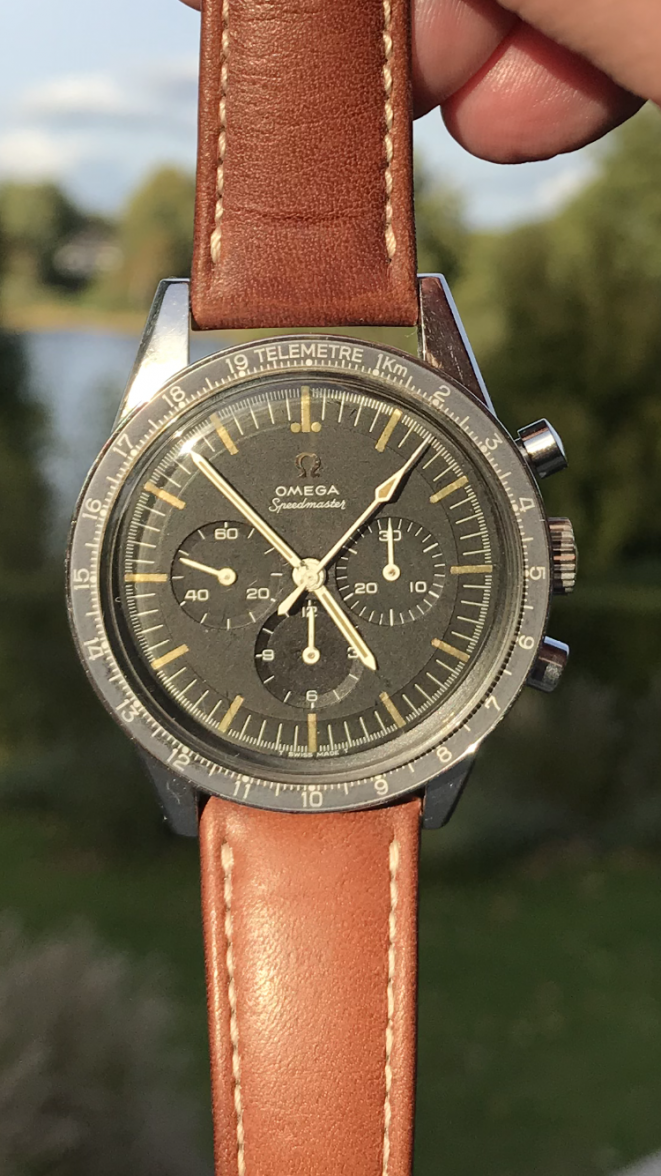Of course it was
June 1, 1965... NASA Gemini Program office released official announcement that the Omega Speedmaster was the flight-qualified chronograph for manned spaceflight missons.
The misunderstanding may have arisen from the fact that by March 1, 1965 NASA completed the qualification test report for high accuracy flight crew chronographs : Omega Speedmaster accepted as GFE - Government Furnished Equipment.
By February 26, 1965 the surviving Speedmaster chronographs were seen on the wrist of the Gemini III astronauts preparing for simulator training.
On March 2, 1965 NASA Office of Manned Space Flight held the Gemini manned space flight design certification review in Washington D.C. for all flight hardware and equipment. The next day, March 3, 1965 NASA astronaut John Young was photogrphed wearing a Speedmaster 105.003-63 during the all important weight- and balance test for the March 1965 Gemini III "Space Twins " mission.
(Photos: NASA)
.
☕
Remarkably we still see new books being published with the March 1, 1965 date... "Exceptional Watches" book by Clément Mazarian
The pages here below push me to question two things:
Thus far Omega museum agreed that NASA astronaut Walter Schirra had a Speedmaster CK2998-4 ? Anyway, we 100% know it was a non-lollipop chronograph hand version. NASA MA-9 astronaut Gordon Cooper had a personal Speedmaster CK2998-4 which was on display at the Omega museum in 2016-17 as I photographed it. Today, MA-8 astronaut Walter Schirra's personal Speedmaster CK2998 is on display...
As mentioned above, although chronograph testing was completed by March 1965, NASA had officially announced the Omega Speedmaster as flight-qualified chronograph on
June 1, 1965 not March 1, 1965 !
(Photo from Omega Speedmaster Professional group)
.
